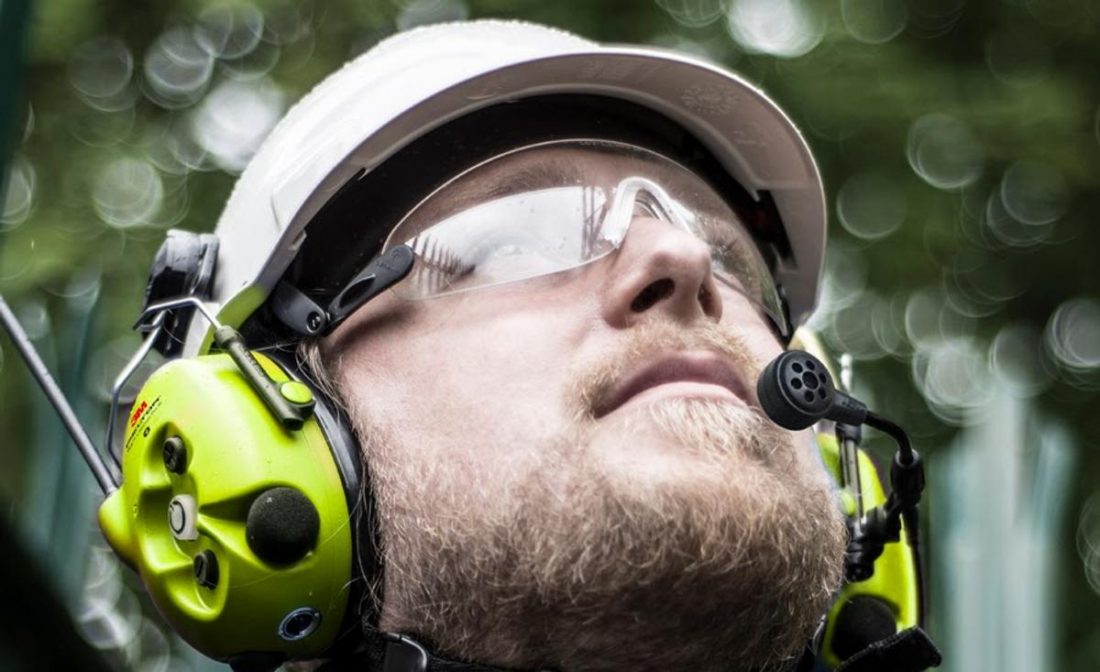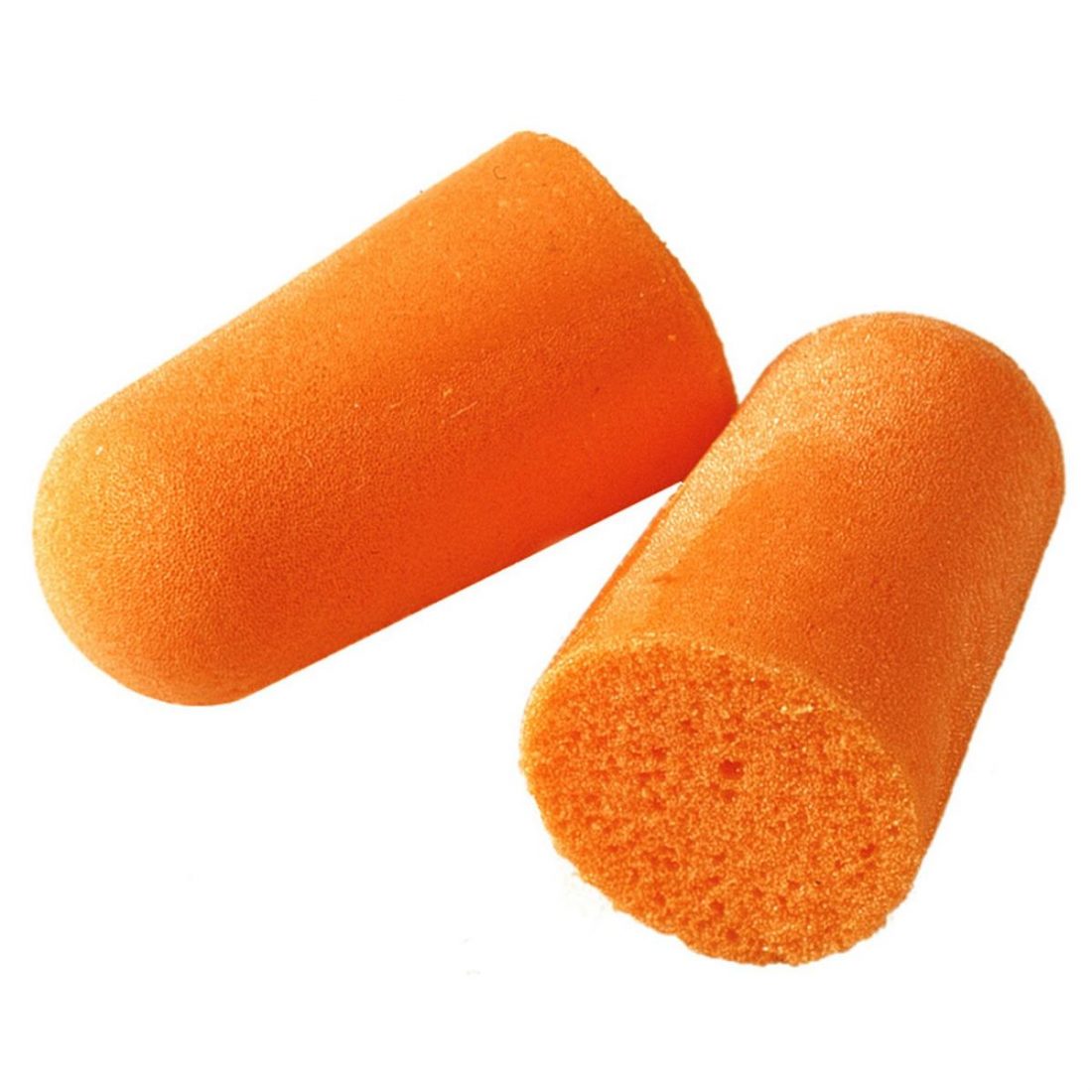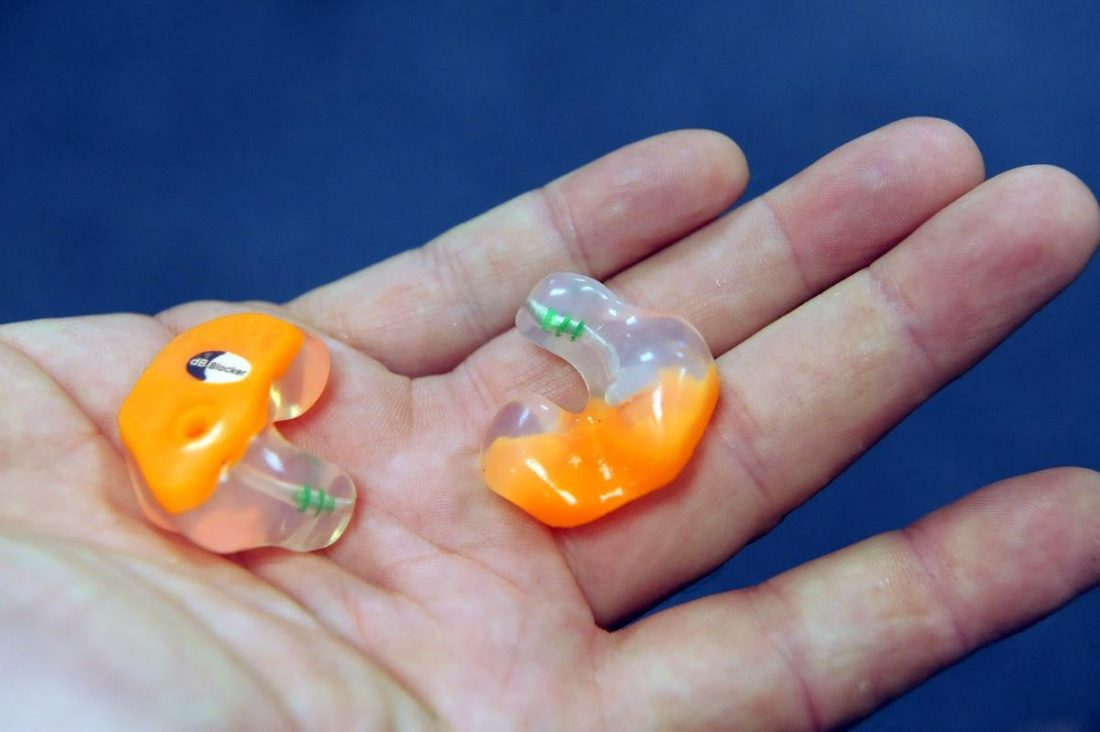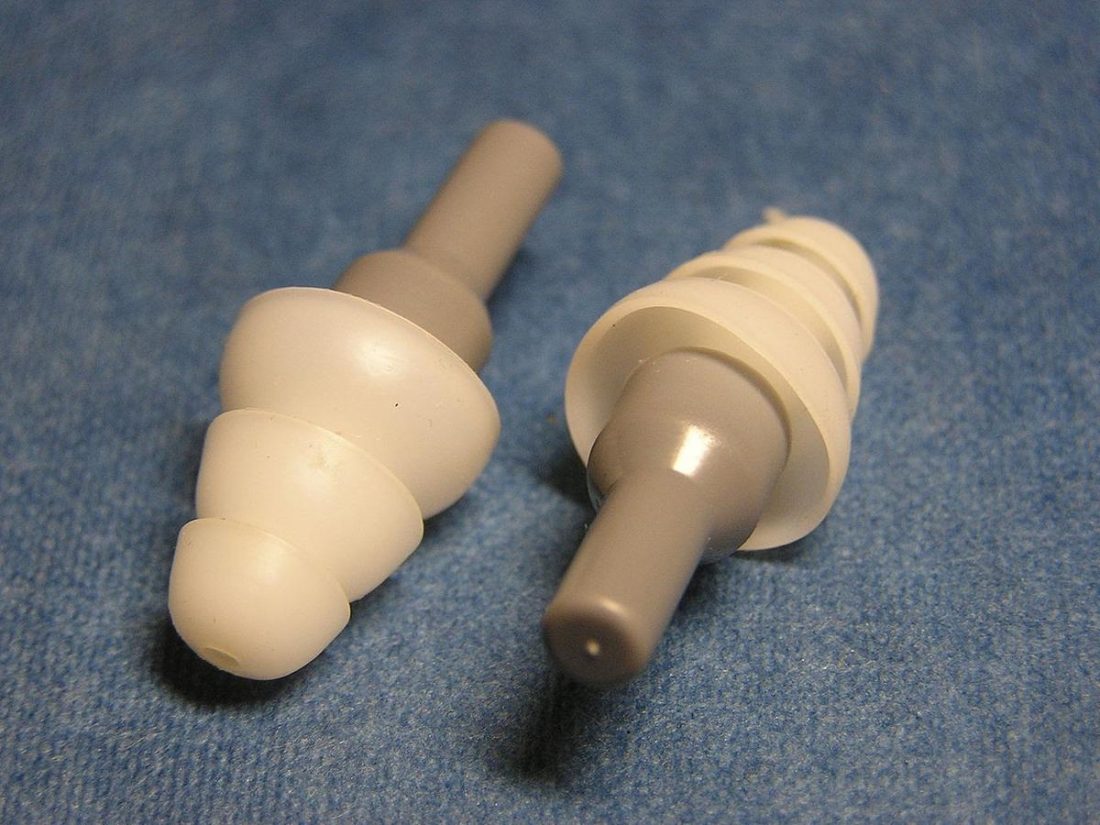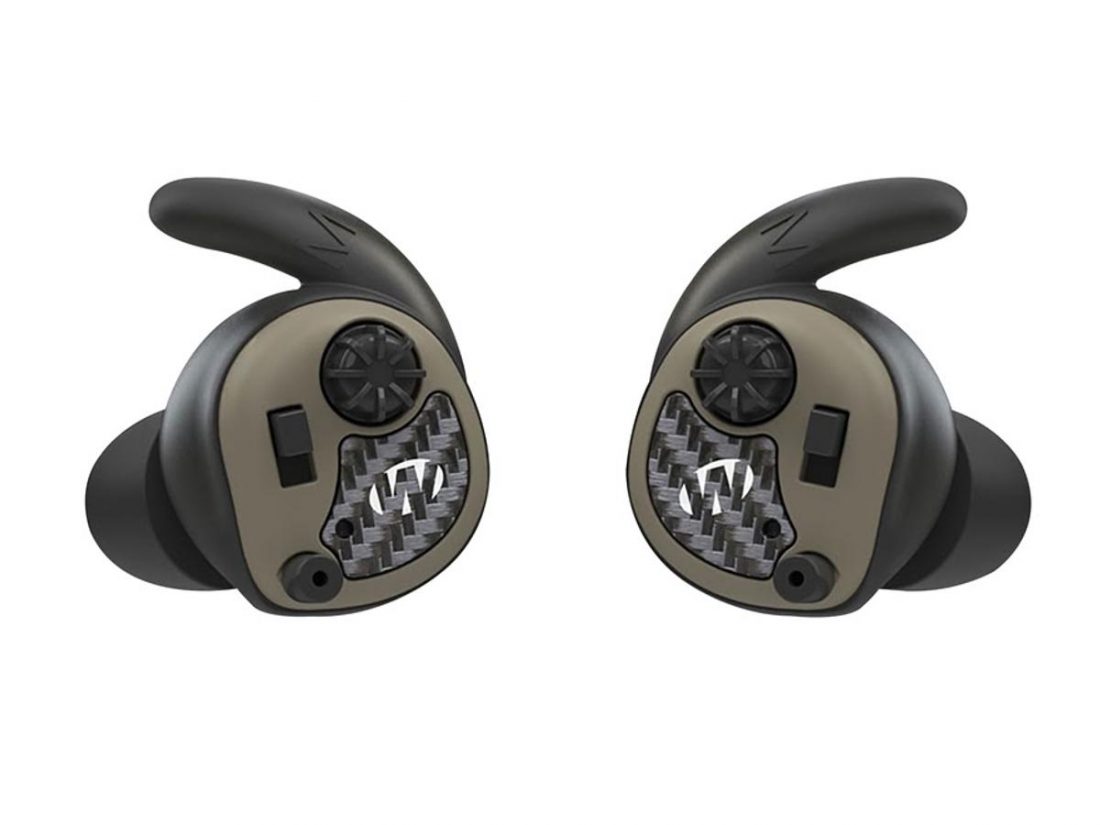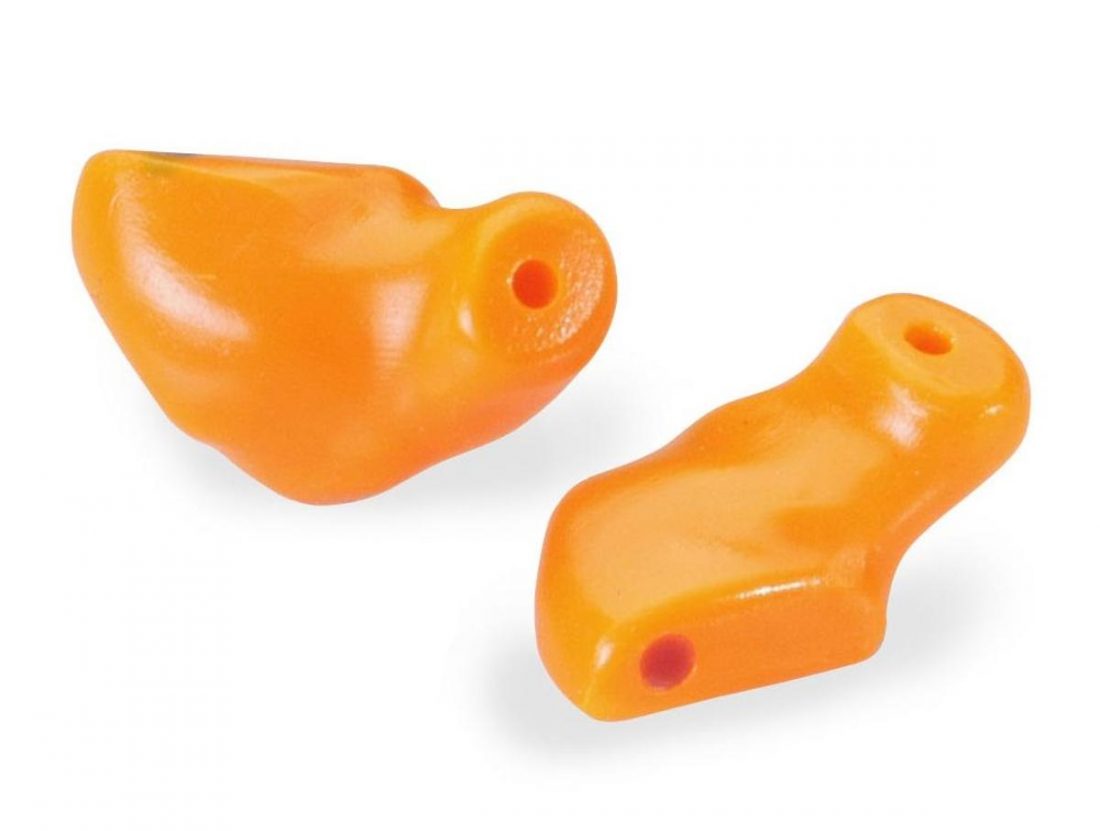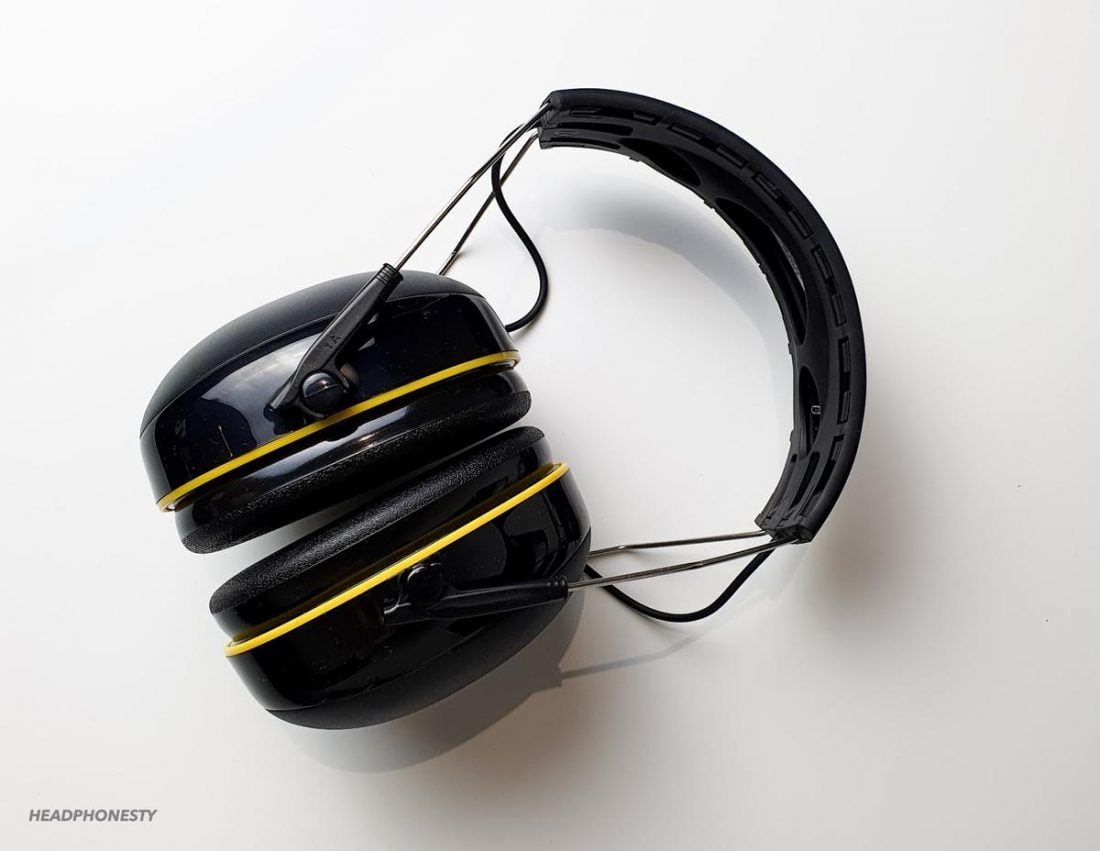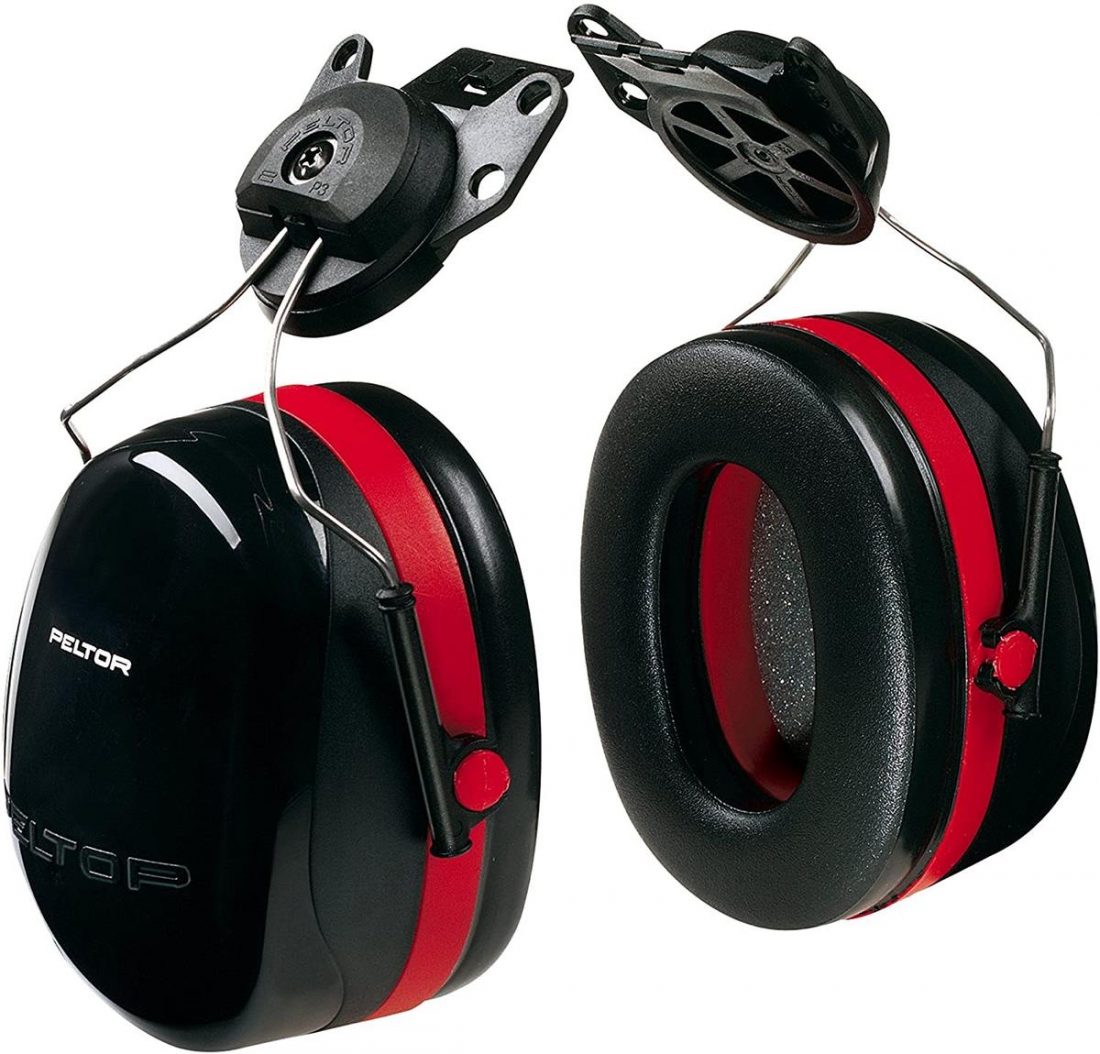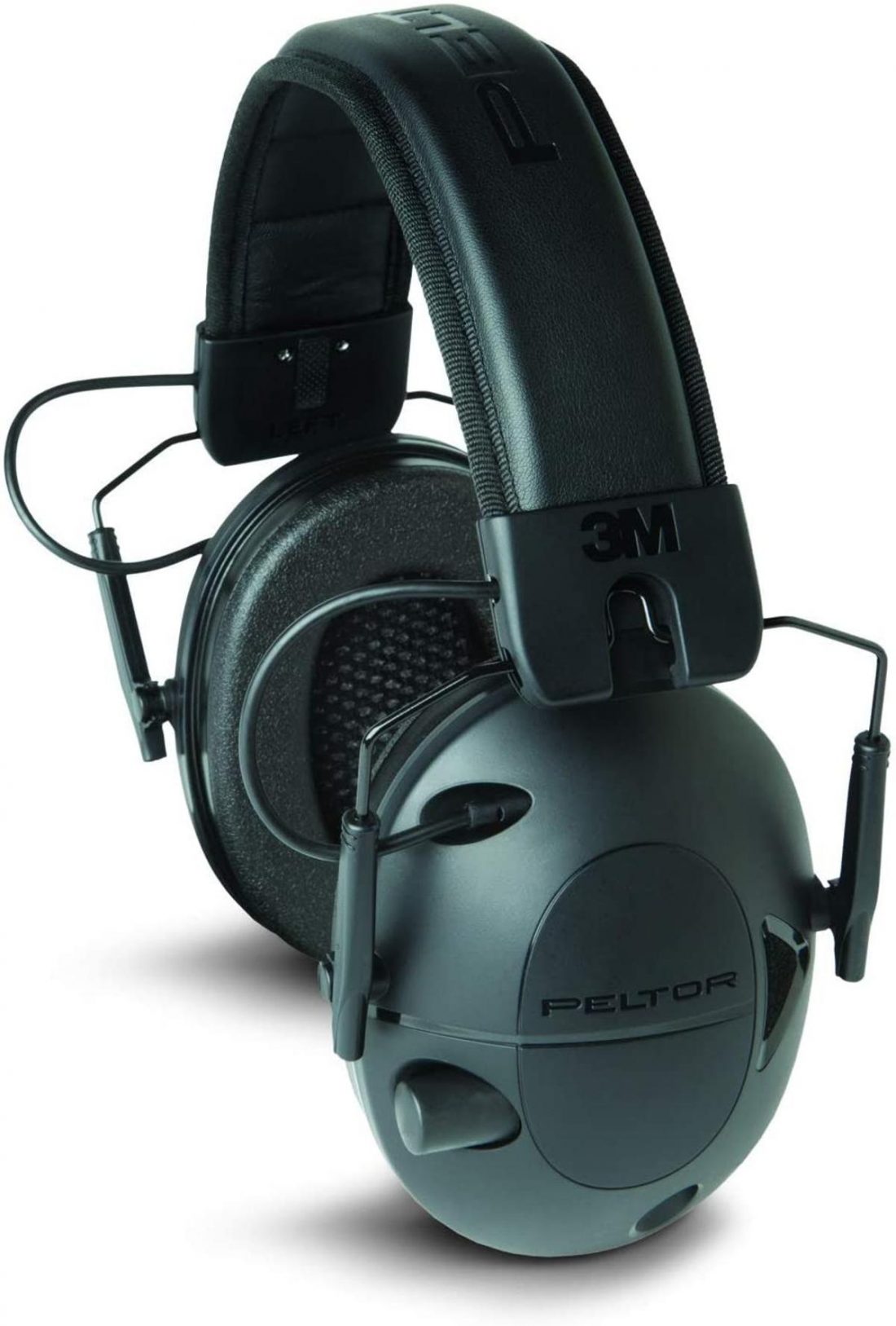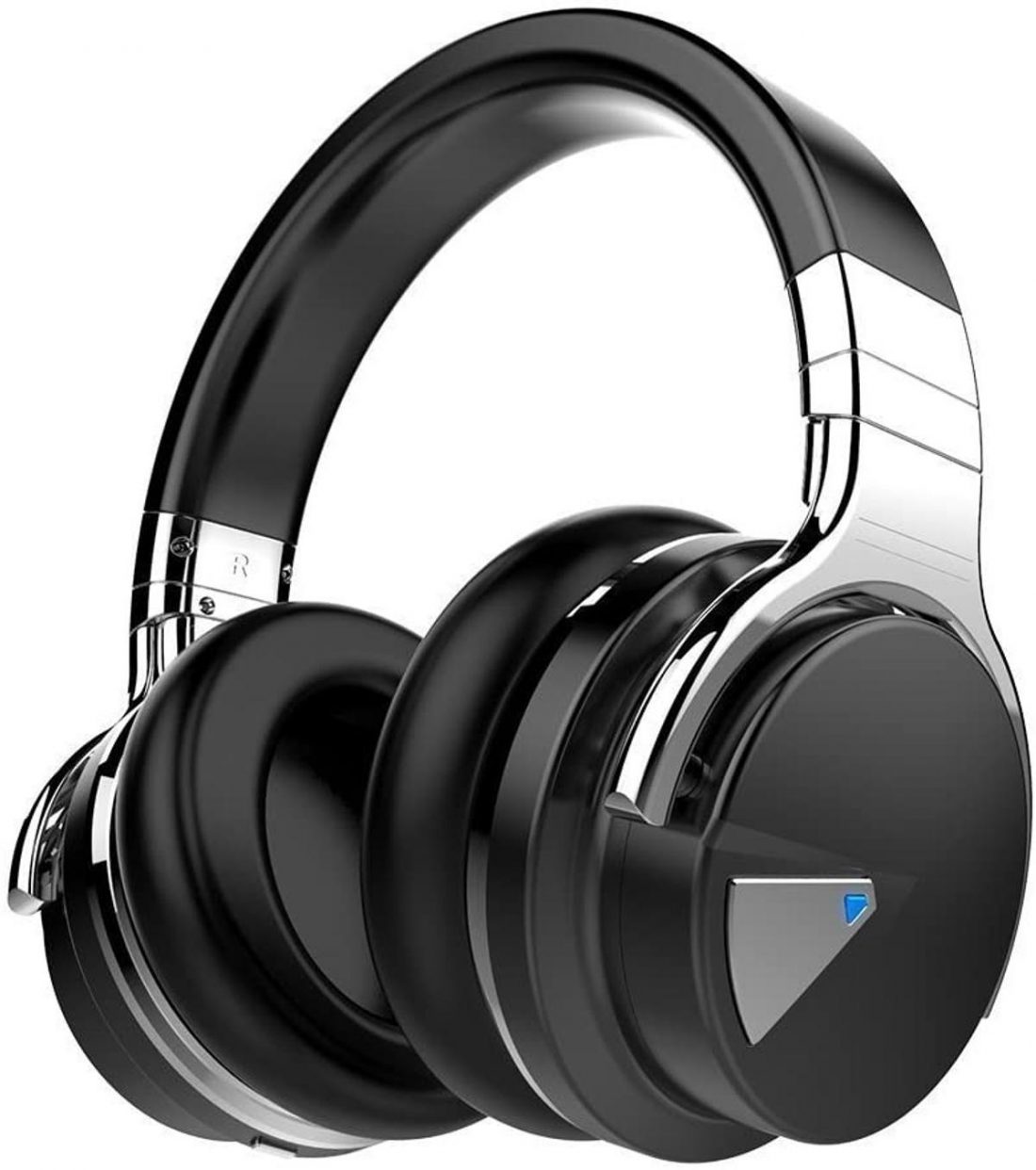Understanding the differences between earplugs and earmuffs is important if you are concerned about your overall hearing. This choice can mean the difference between getting the proper noise protection you need, or putting yourself at risk of noise-induced hearing loss. That’s why we’ve included important information in this post, such as:
What hearing protection devices are Comparisons between earplugs and earmuffs Different types of earplugs Different types of earmuffs Pros and cons of each device And more!
So if you want to learn more about this topic and find the best hearing protection device, we highly advise that you read on. Let’s begin!
What is a Hearing Protection Device?
A hearing protection device (HPD) is a device that is meant to be worn in or around the ears while exposed to environments with excessive noise in order to reduce the risk of noise-induced hearing loss. In addition to lowering the amount of noise that enters your ear, HPDs also have the ability to help protect against other health effects from noise such as tinnitus, hypertension, stress, and general discomfort. We all need some form of hearing protection, one way or another. This is especially true if your work environment or hobby naturally has a lot of unavoidable noise such as working at a construction site or using certain heavy machinery. There are many types of HPDs out there, but the main two are earmuffs and earplugs. Each has its own unique characteristics, advantages and disadvantages which we will be discussing further. This is why it’s essential that you know how to pick the correct HPD that will address your specific needs while providing you with the right amount of hearing protection. One way for you to educate yourself on HPDs is first understanding the different manufacturer labels that come along with them. These labels are the Noise Reduction Rating (NRR) and the Single Number Rating (SNR). They help you understand just how much hearing protection you can expect from the specific device.
Comparison Between Earplugs and Earmuffs
Below is a generalized comparison table of the advantages and disadvantages of earplugs and earmuffs.
What are Earplugs?
Earplugs are small, tubular HPDs that are meant to be inserted inside the ear canal. Earplugs can either be disposable (one-time usage) or manufactured for reusability. Below are some of the different subtypes of earplugs:
Foam earplugs
An example of foam earplugs: 3M’s Uncorded, Disposable, Foam Earplugs
These earplugs are made from foam and are meant to be disposed of after usage in order to maintain good hygiene. After being compressed and inserted inside the ear canal, these earplugs start to expand to take up the remaining space and seal the ear canal which reduces the overall noise level exposure. They are relatively cheap and are often worn by industrial workers who work with loud machinery and soldiers when firing weapons.
Custom molded/preformed earplugs
An example of custom molded earplugs: Robins Air Force Base’s Custom Earplugs
These earplugs are customized and molded to fit an individual’s ear canal. Although they are more expensive than disposable foam earplugs, they offer reusability and a better fit for your ears – especially if your ear anatomy is outside the norm. There are also premolded earplugs that have a preformed shape that allows an easy push-to-fit design. Although most molded earplugs are made of silicone and rubber, other materials used include thermoplastics, plastic and nylon.
Musician’s earplugs
An example of musician’s earplugs: EAROS’ High Fidelity Acoustic Filters
Musician’s earplugs, also called Hi-Fi or Lossless earplugs, reduce the intensity of sounds across all frequencies in order to help maintain the ear’s natural frequency response. These earplugs are usually made from silicone or vinyl materials. The protruding end caps of these earplugs contain an acoustic transmission line that has an attenuator at the end, while the layered domed flanges make a seal inside the ear. Lastly, the hole at the end of the plug is meant to be used as an output port.
Electronic earplugs
An example of electronic earplugs: Walker’s Silencer Electronic Earplugs
The main purpose of electronic earplugs is to reduce loud noises more than soft noises. They can even amplify softer sounds which can provide you with dynamic range compression. The way this works is by putting a microphone and speaker pair inside a standard passive earplug. When sounds are at a safe level, the microphone picks up on this, amplifies it, then relays it to your ear through the speaker. However, if sound levels are excessive or hazardous, the speaker amplification is basically turned off and you receive the full protection of the standard passive earplug.
Non-linear acoustic filtered earplugs
An example of non-linear acoustic filtered earplugs: Westone DefendEar’s Style 47 Filtered Acoustic Ear Plugs
These provide you with similar benefits as electronic earplugs, but they are completely passive and do not require any moving parts or batteries. These earplugs provide you with an open air passage into the ear that not only keeps the ear ventilated, but also helps in minimizing the occlusion effect. They are made from breathable material which allows moisture in the ear to escape while being more comfortable to wear.
Benefits of Earplugs
Small and portable
With earplugs having a generally small size and weight, they’re really easy to bring with you wherever you go. You can simply put them in your pocket or bag without it taking up too much unnecessary space. It’s even possible to bring several of them at once if needed.
Generally cheaper
Earplugs are generally cheaper than earmuffs while still giving you the right amount of noise protection that you need. This is especially true with disposable earplugs as they can be purchased in bulk.
Comfortable in hot, humid and confined environments
Earplugs are more comfortable to use especially if you’re working in hot environments, humid work areas, confined spaces, or a combination of the three. Because they’re worn inside the ear canal, they don’t constrict your head movement nor suffocate your external ears while working.
Does not interfere with other personal protective equipment
If you find yourself wearing other personal protective equipment (PPE), then earplugs are the right choice for you. Earplugs are worn inside the ear canal, which means that a helmet or goggle straps won’t interfere with the noise-reducing seal that these HPDs provide you with and vice versa.
Drawbacks of Earplugs
Requires more time and effort to put on and remove
You need to properly adjust your earplugs in order to get the appropriate level of noise reduction. If you’re handling disposable earplugs, you need to use your fingers to appropriately dig in and out of your ear canal in order to get the right fit. Additionally, there’s a pushing your earlugs too deep inside your ears, which can damage your eardums. This is one of the scenarios when earplugs may cause hearing damage instead of preventing one.
You need clean hands
When using earplugs, you’ll be needing proper hygiene and clean hands in order to prevent unwanted ear infections. If you work with dirty hands and try to put on or remove your earplugs, then dirt or debris may find its way inside your ear canal which can lead to irritation and infection.
Can easily be misplaced or lost
Because of their small size, earplugs can easily be misplaced or lost. It’s relatively easy to lose track of them in your day-to-day routine as they’ll be out of your line of sight for the majority of their usage. They can easily fall into small spaces or roll into inaccessible wedges without you noticing.
What are Earmuffs?
Earmuffs are basically a headband with an ear cup on each end that is meant to be worn around the outside of the ear while using appropriate clamping force to make a tight, but comfortable noise-reducing seal around the ears. There are two kinds of earmuffs that are used to protect users from loud noises, and these are passive and active ear muffs. Below are some of the different subtypes of earmuffs:
Normal earmuffs/ear defenders
An example of normal earmuffs/ear defenders: 3M Worktunes (Click to read full review)
These earmuffs protect you from loud sounds and extreme noises. The headband part and outer covering of earmuffs are usually made from thermoplastic, plastic or metal while the ear cups are usually made from foam. These earmuffs use no electronics and provide you with passive noise attenuation. The passive hearing protection comes from the acoustic foam in the ear cups that absorbs the incoming sound waves then reducing their amplitude by increasing the overall air resistance. These passive earmuffs offer continuous hearing protection. They are particularly recommended for people who are exposed to noises for long periods, particularly in industrial works or in lawn mowing.
Click-onto-helmet earmuffs
An example of click-onto-helmet earmuffs: 3M’s Peltor Optime 105 Helmet Attachable Earmuffs
These earmuffs are almost identical to normal earmuffs/ear defenders, but are meant to be attached to certain helmets. These are especially useful if you have to wear a helmet while also needing proper hearing protection. This HPD will surely not interfere with your helmet PPE as it was specifically manufactured to do so.
Active electronic earmuffs
An example of active electronic earmuffs: Peltor’s Sport Tactical 100 Electronic Hearing Protector
These earmuffs have an electronic component and microphones that allow you to communicate with other people while also reducing overall background noise. Active electronic earmuffs are essential if you’re required to listen to outside sounds while in loud and noisy environments. They are more common in shooting ranges or hunting, where team communication and even sound amplification is important. The material and design of this earmuff allow for reasonable hearing protection, but it also gives you the option to allow certain sounds to pass through while also providing you with volume control to customize the level of attenuation.
Active noise reduction earmuffs
An example of active noise reduction earmuffs: COWIN E7 Active Noise Cancelling Headphones
Active noise reduction earmuffs use Electronic Noise Cancellation or Active Noise Cancellation technology to reduce low-frequency noise. These earmuffs have a microphone and speaker inside the device which are used to actively cancel out noises. The way this works is that the microphone picks up a noise signal, then the electronics within the earmuff casts a noise signal that is 180º out of phase with the original noise signal out of the speaker.
Benefits of Earmuffs
Easier to put on and remove
One benefit of earmuffs is that they are a lot easier to put on and remove in comparison to earplugs. All you have to do is lift both ends of the headband through the ear cups if you want to slide it on or off your head. Earmuffs are a great choice if your work environment has a lot of intermittent noise as you can easily put on or remove these devices rather quickly.
Designed to fit most head shapes
Because earmuffs are meant to be worn outside the external ear instead of inside the ear canal, these HPDs are more likely to fit most individuals. Earmuffs use the headband’s clamping force to provide a seal around the ears and the variability of head shapes and sizes mostly does not affect its ability to do so.
Hard to lose or misplace
Earmuffs are a lot larger than earplugs, thus allowing it to be easily seen from anywhere. Because of their size, earmuffs are generally harder to misplace, which means that you can almost always keep track of its whereabouts throughout your daily routine.
Drawbacks of Earmuffs
Heavy and less portable
Although earmuffs are a lot easier to keep track of due to their size, they’re also a lot heavier and take up more space. This makes them considerably harder to carry around and often require that you alot extra space when choosing to bring them with you wherever you go.
May interfere with existing PPE
Unless you’re using specifically manufactured earmuffs or click-onto-helmet earmuffs, then this device may interfere with any other existing PPE that you may be wearing or vice versa. What can happen is that the seal around the external ear is broken due to your goggles straps or you may not be able to properly wear your helmet due to your earmuff’s headband.
Uncomfortable in hot, humid and confined environments
Due to the way the ear cups on your earmuffs encompass the area around the ears, your skin may feel irritated or uncomfortable especially when working in hot, humid or confined environments. Also, wearing earmuffs may also restrict your head movement, thus affecting the way you work.
Conclusion
As of now, you should be well-informed on the physical qualities, advantages, disadvantages, usages, and different types of earplugs and earmuffs. With this information, you can then make the proper choice and choose the best hearing protection to fit your needs. Whether your intention is to use them at work or because of a hobby, you can now rest easy knowing you are more than capable of protecting your own hearing. Do you have any questions for us? Please feel free to leave comments down below. Perhaps you want to leave us a suggestion? We’ll gladly listen to what you have to say.
